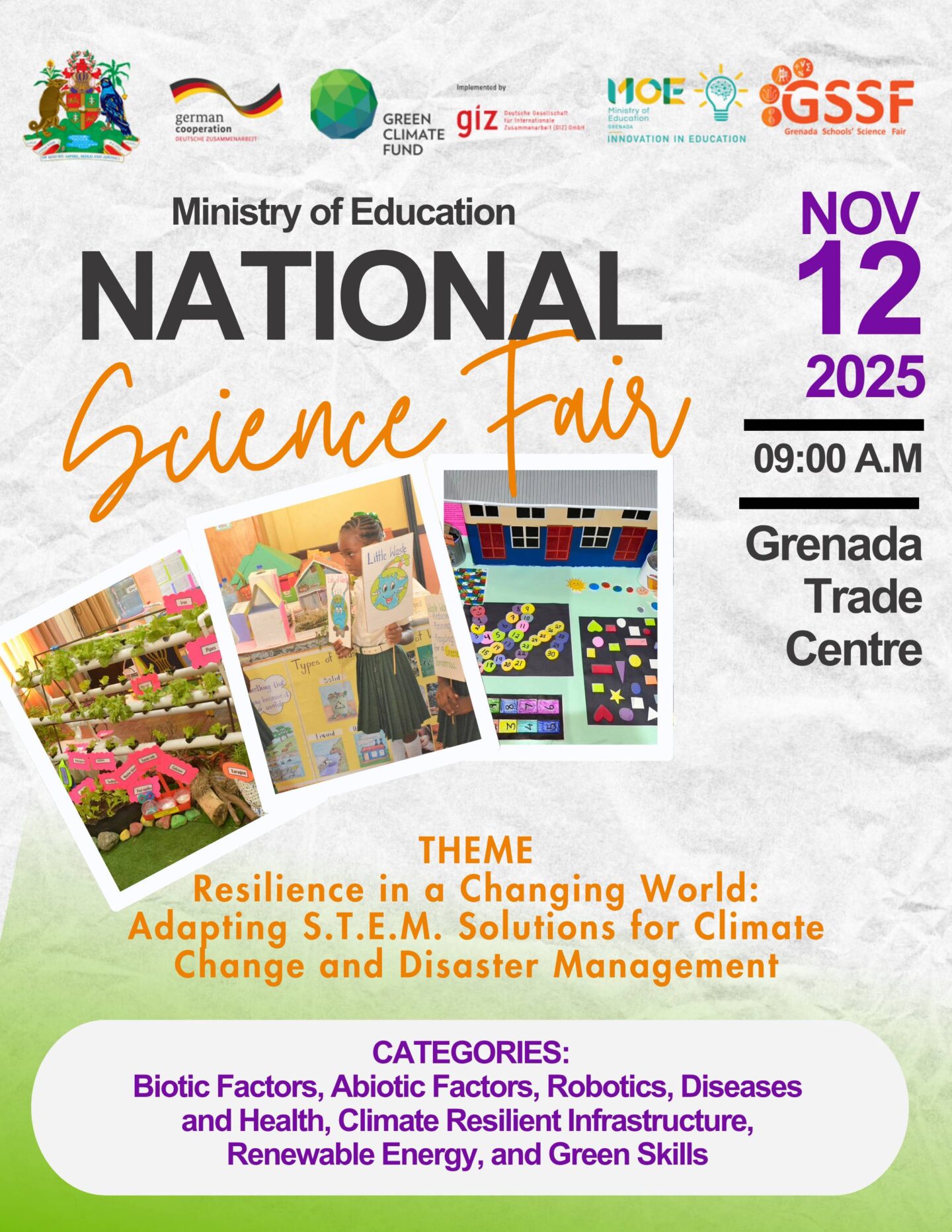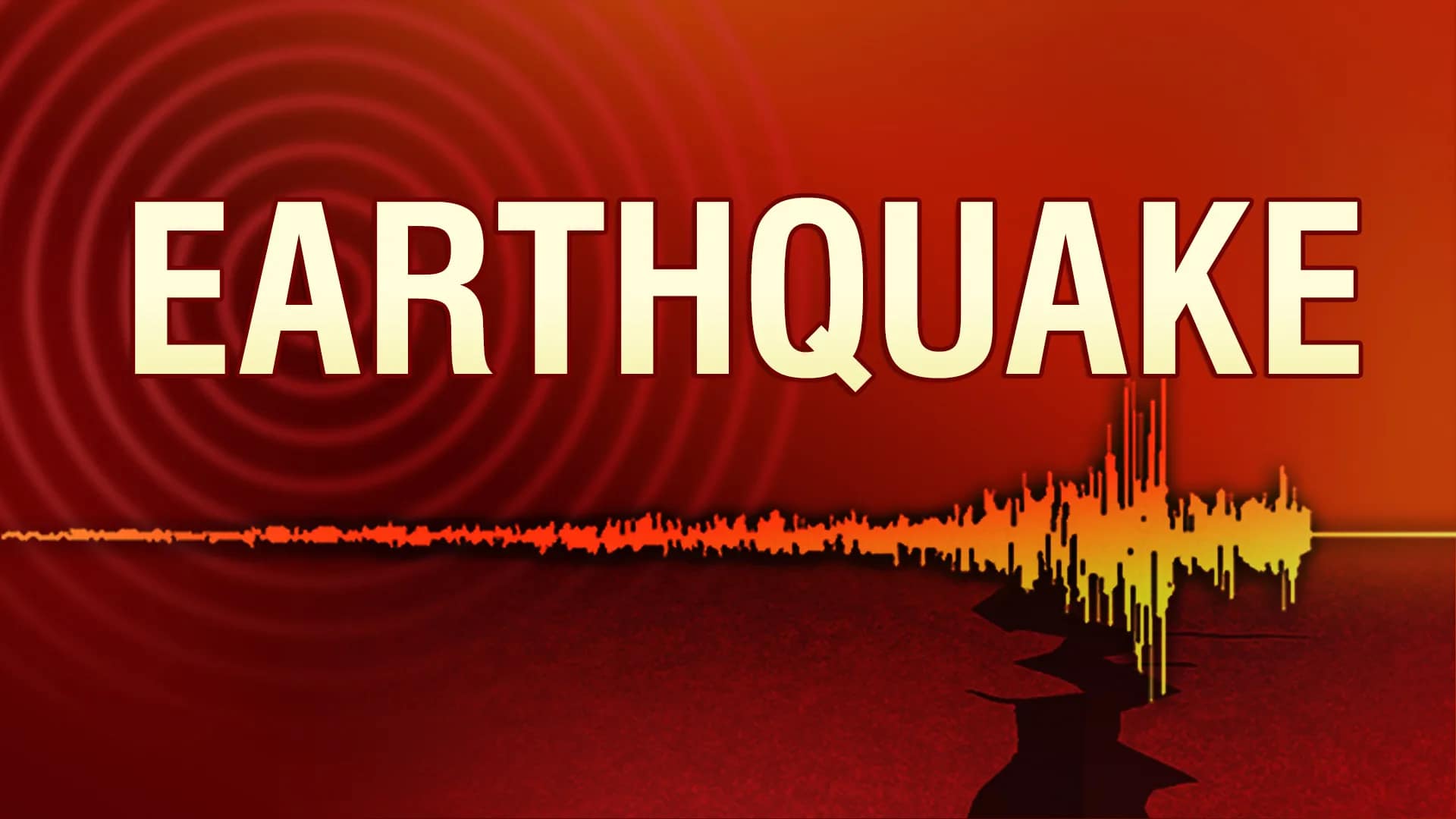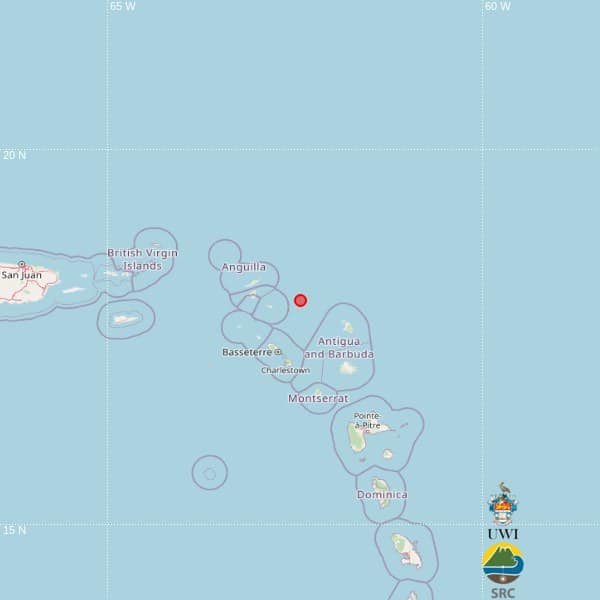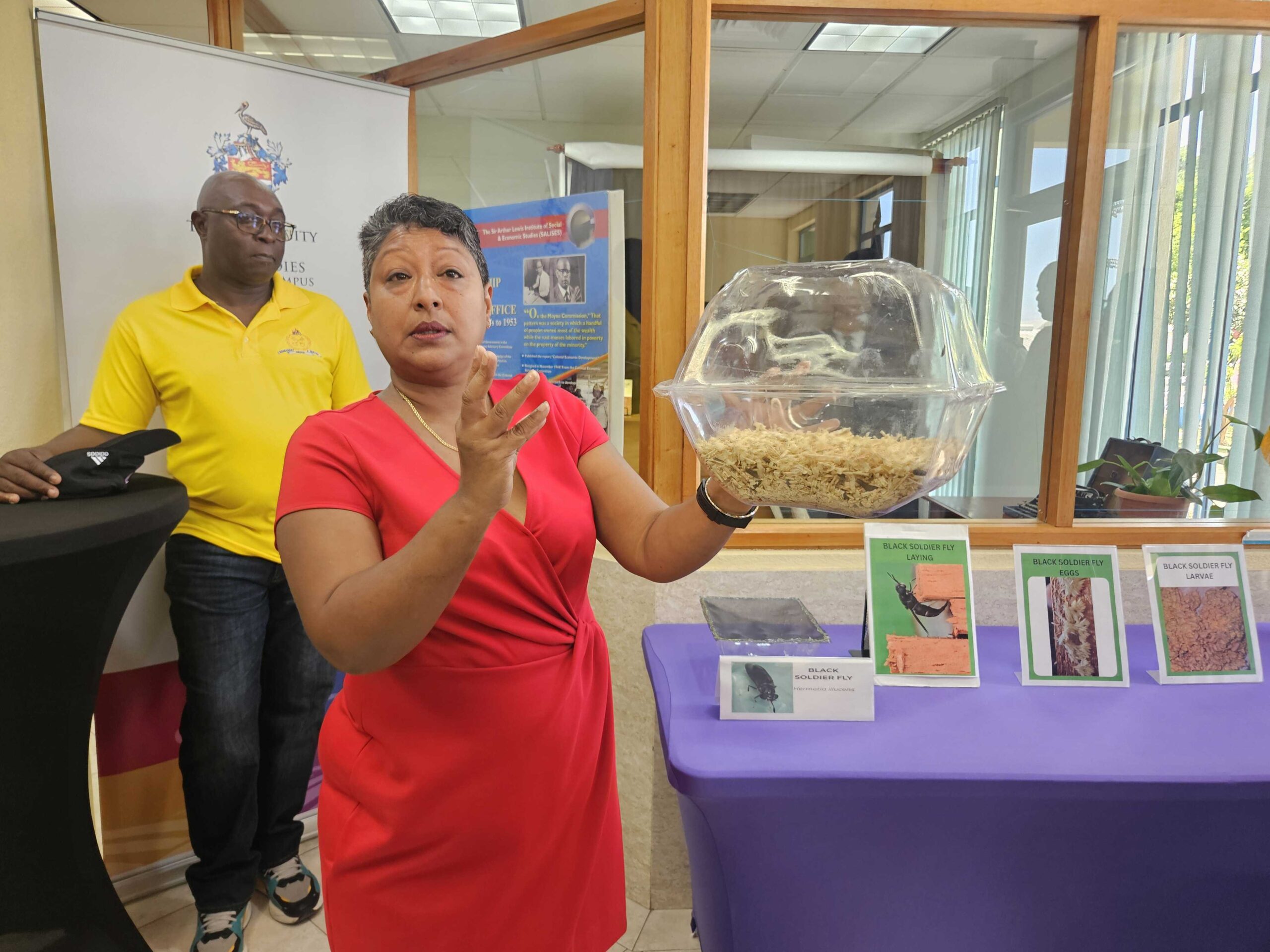In an era marked by escalating climate challenges, the Ministry of Education in Grenada is spearheading efforts to harness STEM (Science, Technology, Engineering, and Mathematics) solutions for climate resilience and disaster management. The initiative, highlighted during the recent National Science Fair, showcased groundbreaking projects in renewable energy, robotics, and sustainable technologies, underscoring the critical role of STEM in addressing global environmental crises. The Grenada Trade Centre served as the hub for these innovations, where young minds presented creative approaches to mitigate the impacts of climate change and enhance disaster preparedness. The Ministry emphasized the importance of integrating STEM education into national strategies to foster innovation and equip future generations with the tools to tackle pressing environmental issues. This forward-thinking approach aligns with global efforts to combat climate change and build resilient communities. While NOW Grenada disclaims responsibility for contributors’ opinions, the platform continues to amplify discussions on critical topics, encouraging public engagement and awareness.
分类: science
-
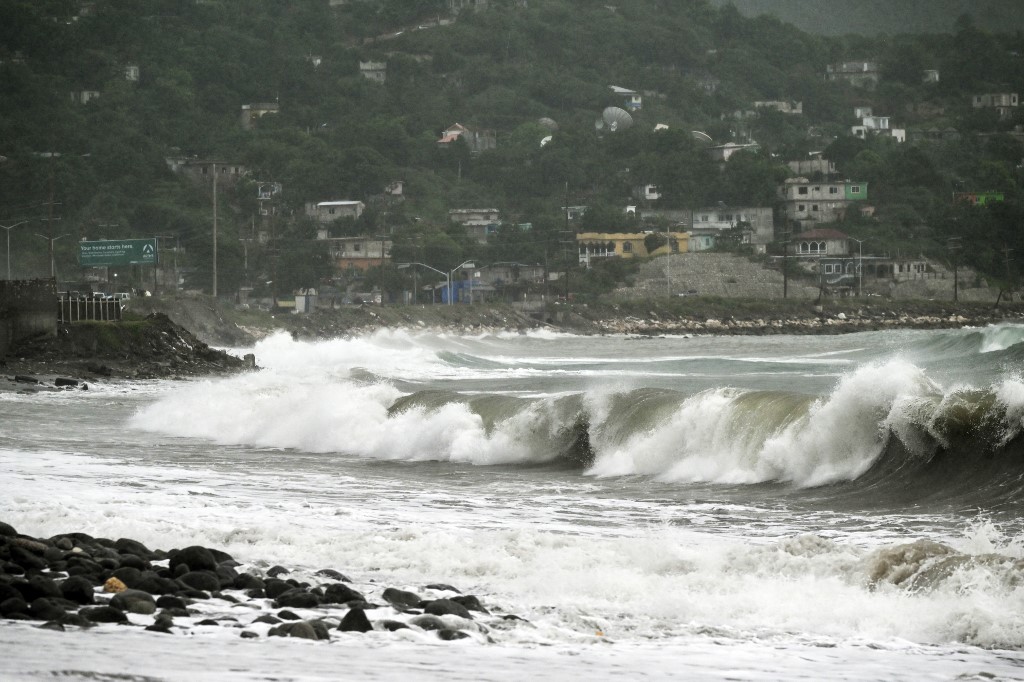
Climate change made Hurricane Melissa four times more likely
A groundbreaking study by scientists at Imperial College London has revealed that human-induced climate change significantly increased the likelihood and intensity of Hurricane Melissa, one of the most powerful storms ever to hit Jamaica. Published on Wednesday, the rapid analysis found that global warming, primarily driven by fossil fuel emissions, made such a catastrophic event four times more probable.
-
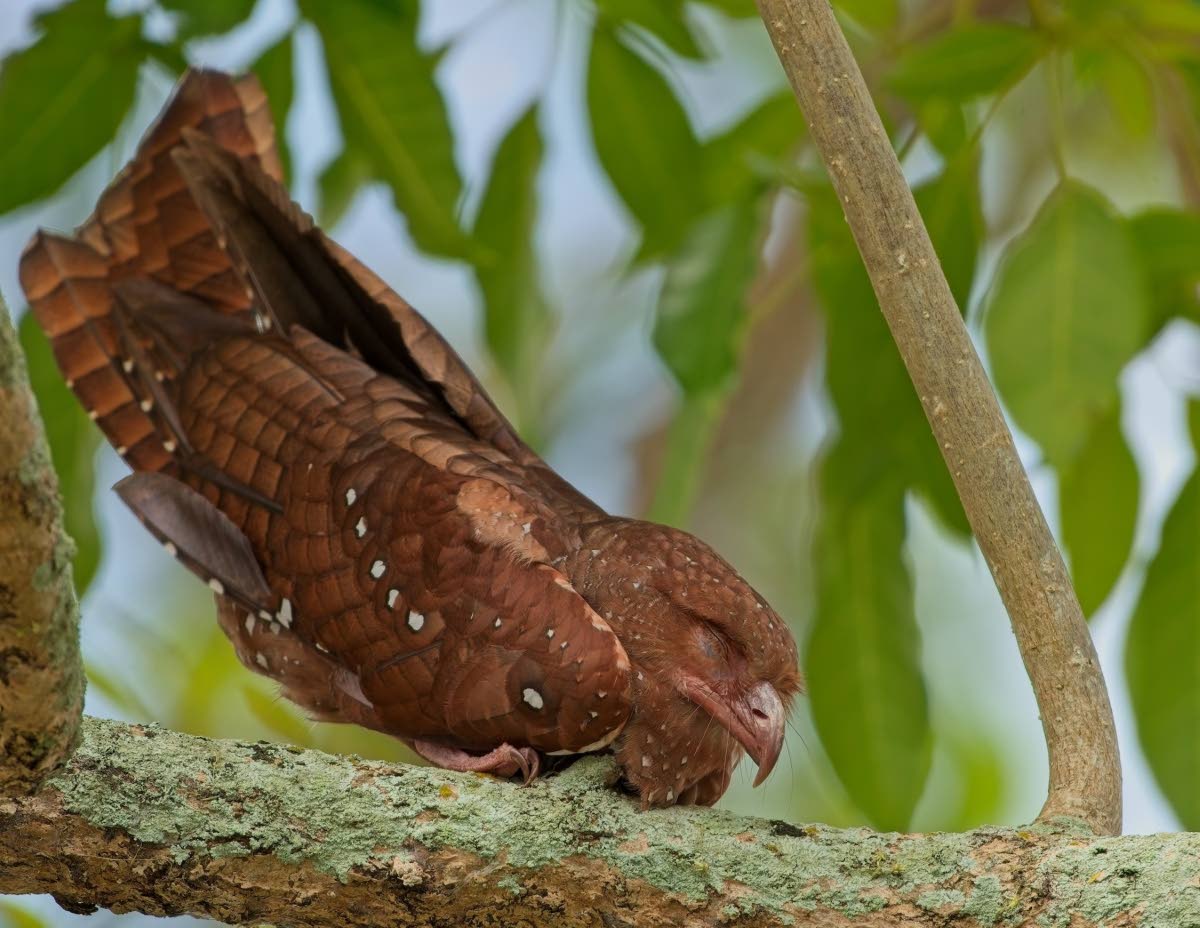
The mystical oilbird
In a serendipitous encounter, an oilbird was discovered roosting at St. Benedict’s College in La Romaine, south Trinidad, far from its known colonies. This rare sighting provided a unique teaching opportunity for the school staff. The oilbird, a nocturnal marvel, is one of the most remarkable yet overlooked species in Trinidad’s rich biodiversity. Unlike the vibrant hummingbird or the powerful hawk-eagle, the oilbird’s unassuming appearance belies its extraordinary adaptations and ecological significance. Native to Trinidad, which shares much of its ecology with South America, the oilbird thrives in darkness, spending its days in lightless caves and emerging at night to forage. With a wingspan exceeding one metre, these birds embark on nightly journeys, sometimes covering over 100 kilometres in search of their exclusive diet of fruits from palms, laurels, and bursera trees. This dietary specialization makes them vital seed dispersers, ensuring the propagation of their food trees. Oilbirds possess unique sensory adaptations, including echolocation and an unparalleled sensitivity to light, with retinal rod densities of one million rods per millimetre—the highest among vertebrates. Their social structure is equally fascinating, with monogamous pairs raising broods in large colonies that can number in the thousands. Despite their ecological importance, oilbirds face threats from human exploitation, historically hunted for their oil and meat. Conservation efforts are crucial to protect this enigmatic species and its habitat, ensuring its survival alongside humanity.
-

IICA and FAO convene regional conference on advancements in sweet potato cultivation to enhance food security and climate adaptation
The Inter-American Institute for Cooperation on Agriculture (IICA) and the Food and Agriculture Organization (FAO) have reinforced their commitment to agricultural innovation and regional collaboration by hosting the first virtual symposium, ‘Next Generation Sweet Potato Production in the Caribbean – Annual Project 2025.’ Held on October 15, 2025, via Zoom, the event attracted over 90 participants from 13 Caribbean nations, including technical experts, government officials, farmers, and researchers. The symposium focused on leveraging genetic diversity in plants and soil microbes to enhance sweet potato cultivation in Antigua and Barbuda, Jamaica, and St. Lucia. Funding for the initiative is provided by the FAO International Treaty on Plant Genetic Resources for Food and Agriculture Benefit-sharing Fund, with additional support from the European Union. The project is coordinated by IICA in partnership with the Caribbean Agricultural Research and Development Institute (CARDI) and the Ministries of Agriculture of the participating nations. Gregg Rawlins, IICA’s Representative for the Eastern Caribbean States, emphasized the project’s alignment with CARICOM’s 25 by 25+5 initiative, which aims to reduce regional food imports by 25% by 2030. He highlighted the initiative’s role in promoting resilience, self-sufficiency, and inclusivity by empowering women, youth, and persons with disabilities in agriculture. Juan Cheaz, FAO’s Trade and Markets Officer, underscored the sweet potato’s versatility, resilience, and nutritional value, stressing the importance of reliable access to clean planting materials for boosting productivity. Gregory Bailey, Antigua and Barbuda’s Director of Agriculture, reflected on the crop’s cultural and historical significance, calling for renewed collaboration to build a sustainable agricultural future. The symposium featured insights from Dr. Alexandre Mello of the International Potato Centre (CIP) on sweet potato genetic diversity and its potential to address global food security and climate challenges. Breakout sessions focused on biocontrol methods, genetic resource management, and strategies to expand research and farmer participation. Since its launch in late 2024, the project has identified 12 farmer-preferred cultivars for virus cleaning and conservation, trained over 100 technicians, and advanced research on biocontrol techniques, marking significant progress in regional agricultural innovation.
